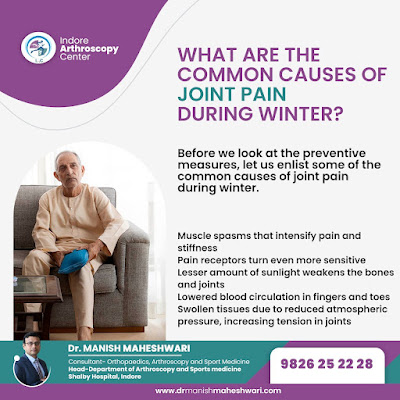Role of Arthroscopic surgery in Fracture Management - All you need to know

Arthroscopic surgeries also called as Arthroscopy, is a Minimal invasive orthopaedic procedure which is used to diagnose and treat several joint problem and conditions related to the joints. In Arthroscopy, process involves the use of a narrow scope that is called as Arthroscope and specialised surgical tools that access the joint through the tiny incision, as it is a Minimal invasive surgery it requires only few incisions through which the whole procedure is done, because of which the recovery time tends to be shorter than other open surgeries. Now a days use of arthroscopic surgeries have been more prominent due to better visualisation and management of fractures specially fractures around the joints like Knee, Shoulder and Ankle. Along with use of cameras arthroscopic surgery also allowed the surgeon to view the injured articular surface more easily than the other open surgeries. As the arthroscopic surgery is performed under the fluid medium it is easier for the specialist to co

